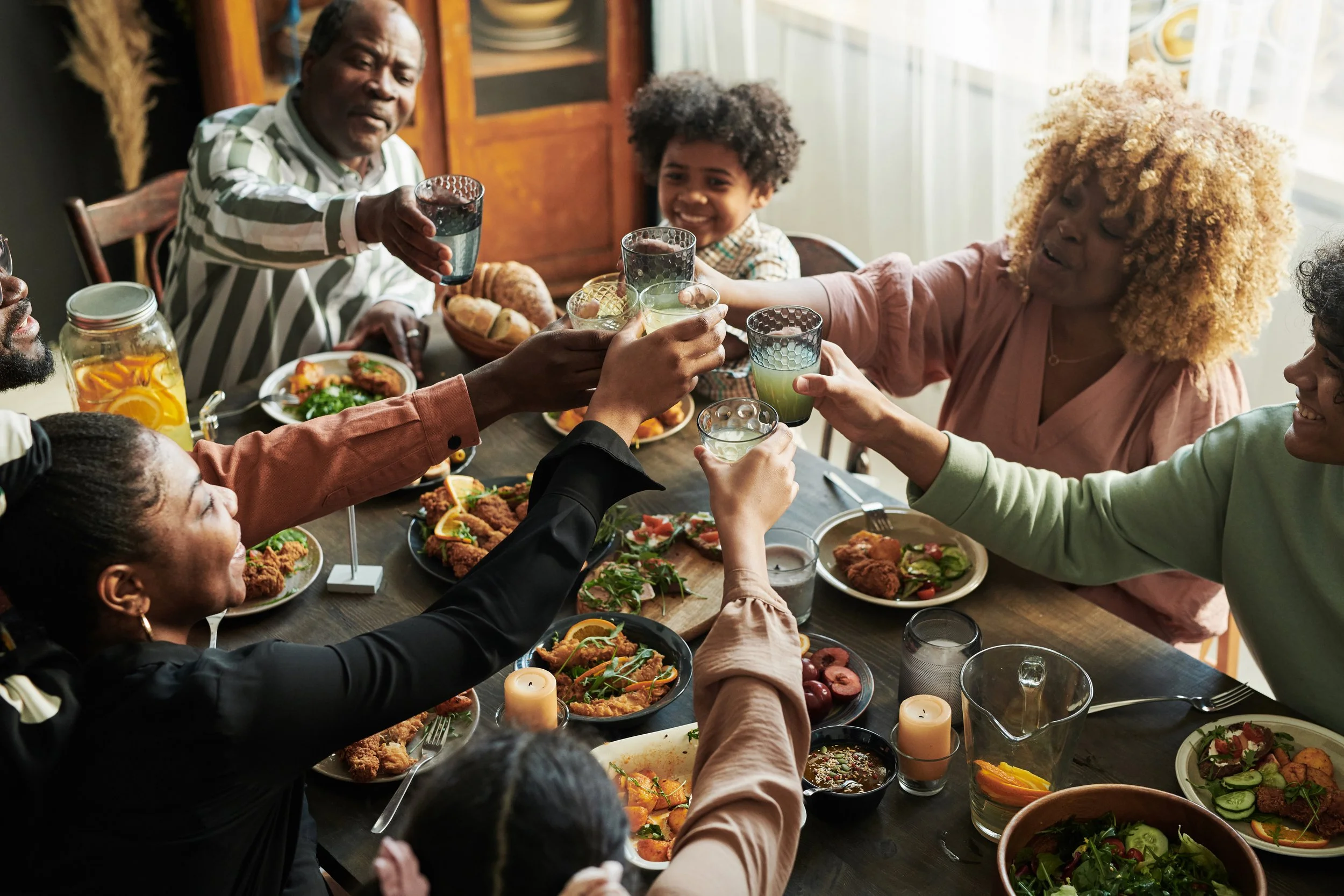Living a sober life doesn't mean bidding farewell to fun and enjoyment. Sobriety opens up a world of possibilities, proving that joy and fulfillment can be found without the influence of drugs and/or alcohol.
Rediscovering Genuine Connections:
One of the misconceptions surrounding sobriety is that socializing becomes dull without the thrill of substances. However, the reality is quite the opposite. Sobriety allows individuals to form deeper, more genuine connections with others. Conversations become meaningful, and relationships flourish.
Mindful Moments:
Sobriety invites the practice of mindfulness into everyday life. Individuals learn to savor each moment fully. From appreciating a beautiful sunset to relishing a cup of tea, sobriety encourages a heightened sense of awareness and gratitude.
Pursuing Passion:
Many individuals find that sobriety provides them with the clarity and motivation to pursue their passions. Whether it's art, music, or a long-neglected hobby, the absence of substances often leads to a renewed focus on personal interests. Sobriety becomes a gateway to discovering and nurturing one's true self.
Physical Well-Being:
Sobriety brings about significant improvements in physical health. Individuals often experience increased energy levels, better sleep, and overall enhanced well-being. This, in turn, contributes to a more active and enjoyable lifestyle.
Adventure and Exploration:
Contrary to the belief that sobriety limits adventurous activities, many find that it opens the door to new and exciting experiences. From hiking and camping to travel and exploration, sobriety enables individuals to embrace life's adventures with a clear mind and a vibrant spirit.
Laughter and Joy:
Laughter, joy, and lighthearted moments are not exclusive to those under the influence. In fact, without substances, individuals often discover a more authentic and contagious form of happiness.
Emotional Resilience:
Sobriety fosters emotional resilience, allowing individuals to navigate life's challenges without resorting to substances to cope or escape. Facing difficulties head-on becomes a source of personal growth and strength, contributing to a more fulfilling and empowered life.
The myth that sobriety is synonymous with a lack of fun is simply unfounded. Embracing a sober lifestyle opens up a world of authentic connections, mindful moments, pursuit of passions, improved physical well-being, adventurous exploration, genuine laughter, and emotional resilience. Breaking free from the shackles of drugs and alcohol doesn't mean sacrificing enjoyment; instead, it paves the way for a richer, more fulfilling life. So, let go of the misconceptions and embrace the joy that sobriety can bring.









